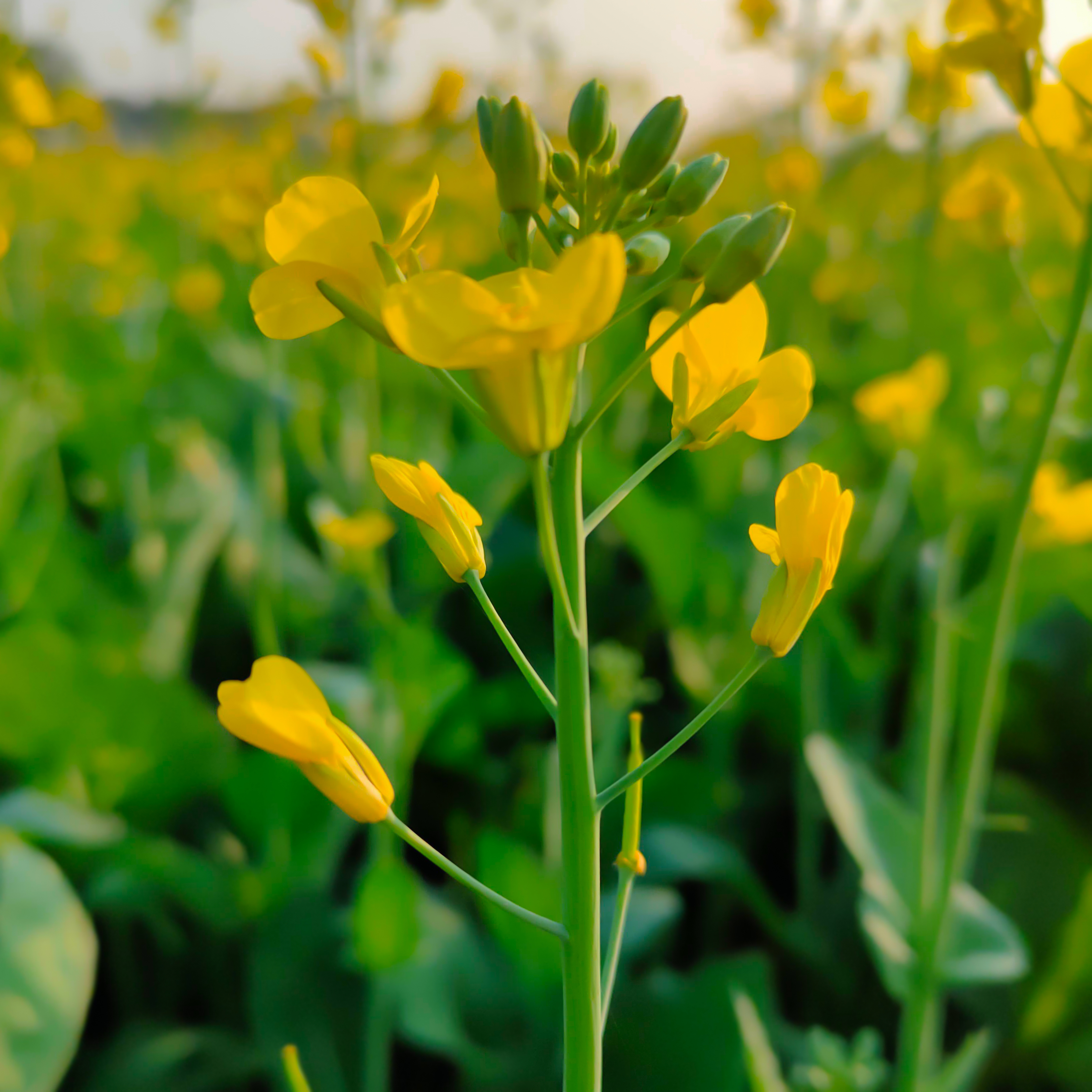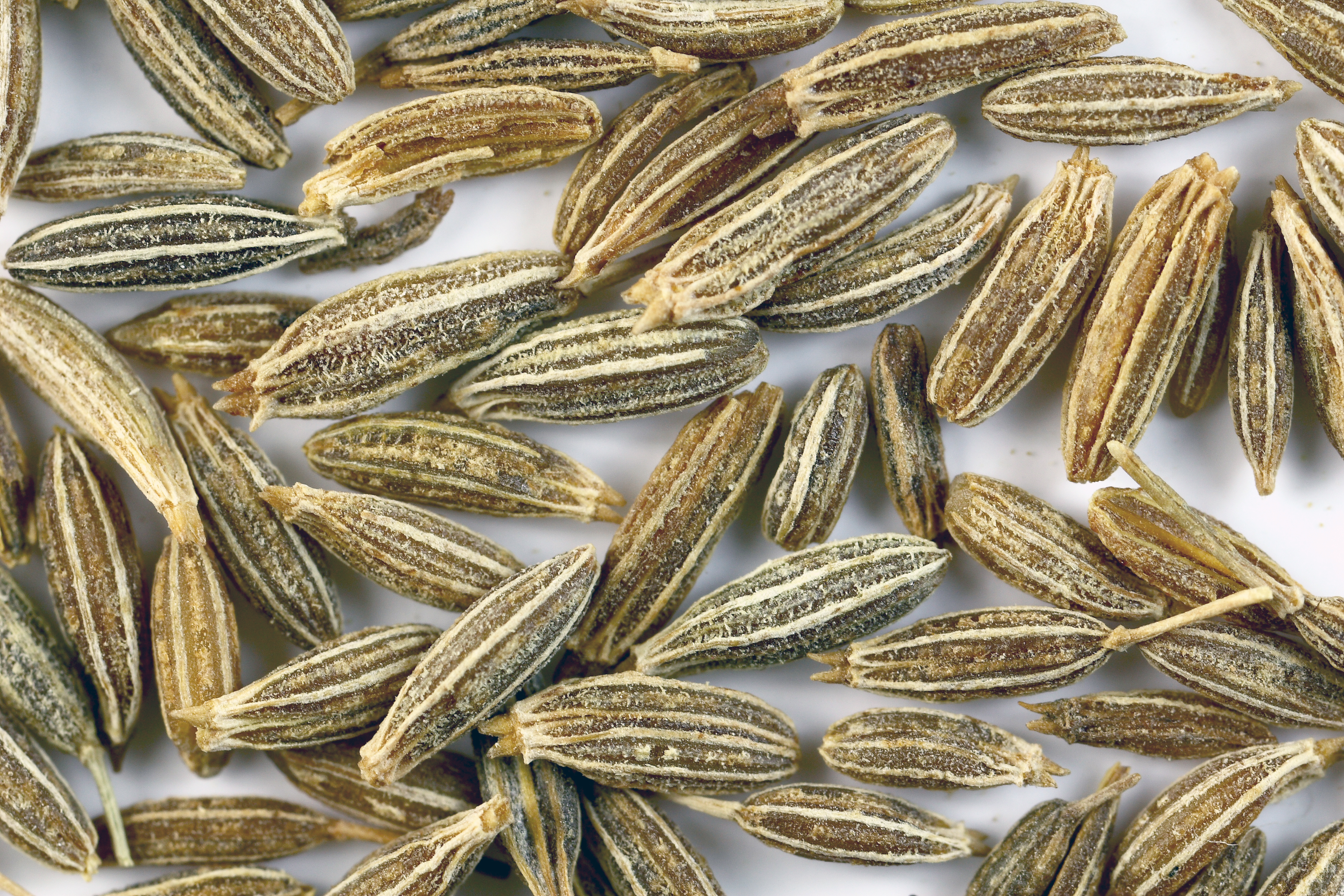|
Khejarla Fort
Khejarla is a village in Bilara Tehsil of Jodhpur District. It has its own gram panchayat, and is a hotspot of tourists and Rajasthani culture.There are is an ancient fort and an old temple which is known as the Bhesad Mata Temple. The fort, currently operated as a hotel, was constructed in 1611 A.D. by Maharaja Gopal Das Ji. Most of the local population of the village is engaged in subsistence farming. The village's terrain is rich in limestone and marble. Major nearby cities include Bilara, Pipar and Borunda. Festivals During Navratri days, a fair is organized in which a huge crowd gathers. This fair has been held for many years. People come to this fair from long distances to have darshan of Bhesad Mata. Khejarla fort Khejarla Fort is an ancient fort and heritage site which is located in Khejarla village of Bilara tehsil of Jodhpur district in Rajasthan. This Fort was constructed in 1611 A.D. by Maharaja Gopal Das Ji. This fort is witness of old cultue of rajasthan an ... [...More Info...] [...Related Items...] OR: [Wikipedia] [Google] [Baidu] |
Pipar City
Pipar City is a town and a municipality in Jodhpur district in the Indian state of Rajasthan Rajasthan (; Literal translation, lit. 'Land of Kings') is a States and union territories of India, state in northwestern India. It covers or 10.4 per cent of India's total geographical area. It is the List of states and union territories of .... Jojari River, the tributary of Luni River, passes through this town. Legend Pipar City, located in the Jodhpur district of Rajasthan, India, is traditionally believed to have been founded by a Paliwal Brahmin named Pipa. According to local legend, Pipa was a devout worshiper of a serpent deity, thought to be of the Takshaka or Naga lineage, whose sacred dwelling was situated by a tranquil lake on the town’s periphery. Each day, Pipa offered milk to the serpent as a ritual of reverence. In return, the deity is said to have left two gold coins at the lake’s edge as a token of gratitude. When Pipa was called away to Nagaur, he entruste ... [...More Info...] [...Related Items...] OR: [Wikipedia] [Google] [Baidu] |
List Of Districts Of Rajasthan
The Indian States and union territories of India, state of Rajasthan is located in the northwestern part of the country and stretches between 23°03'N and 30°12'N latitude and 69°30'E and 78°17'E longitude. As of 1 January 2025, for administrative purposes the state is divided into 41 districts and 7 divisions. After Uttar Pradesh with 75 districts and Madhya Pradesh with 57 districts, Rajasthan ranks third in India by number of districts. Rajasthan is bordering Pakistan to the west and northwest, and sharing borders with other Indian states like Punjab, Haryana, Uttar Pradesh, Madhya Pradesh, and Gujarat. Rajasthan covers 342,239 square kilometers (132,139 square miles) making it the largest state in India by area. The responsibilities of district management are carried out by All India Services, All-India officials and Government of Rajasthan, state-appointed officials. The All-India officials in each district are a Deputy Commissioner (India), Deputy Commissioner or distric ... [...More Info...] [...Related Items...] OR: [Wikipedia] [Google] [Baidu] |
Borunda
Borunda is a town in Bilada tahsil of Jodhpur district in Rajasthan. It is famous as the home of the Rupayan Sansthan and its founder Vijaydan Detha, well known writer and folklorist. Geography Borunda is located at . Demographics Census 2011:- History Various communities lived in Borunda village, including the locally dominant Rajput and Charan. In the pre-independence period, the inter-rivalry and feuds between Rajputs and Charans had led to several murders and displacement. Post-independence, the village pulled together under the long time leadership of Chandidan Detha, the long-time Sarpanch of Borunda. Agricultural advances in Borunda Starting in 1948, an innovating group of farmers centering on the Detha family begun using a large diesel- operated tubewell going down 100–150 feet. In Borunda, the first tractor was purchased in 1954 and by 1960, the number rose to 17. It was noted that the village progressed in field of agriculture despite no government coo ... [...More Info...] [...Related Items...] OR: [Wikipedia] [Google] [Baidu] |
Mustard Plant
The mustard plant is any one of several plant species in the genera ''Brassica'', ''Rhamphospermum'' and ''Sinapis'' in the family Brassicaceae (the mustard family). Mustard seed is used as a spice. Grinding and mixing the seeds with water, vinegar, or other liquids creates the yellow condiment known as Mustard (condiment), prepared mustard. The seeds can also be pressed to make mustard oil, and the edible leaves can be eaten as Brassica juncea, mustard greens. Many vegetables are cultivated varieties of mustard plants; domestication may have begun 6,000 years ago. History Although some varieties of mustard plants were well-established crops in Hellenistic and Roman Empire, Roman times, Daniel Zohary, Zohary and Hopf note, "There are almost no Archaeology, archeological records available for any of these crops." Wild forms of mustard and its relatives, the radish and turnip, can be found over West Asia and Europe, suggesting their domestication took place somewhere in that ar ... [...More Info...] [...Related Items...] OR: [Wikipedia] [Google] [Baidu] |
Cumin
Cumin (, ; ; ''Cuminum cyminum'') is a flowering plant in the family Apiaceae, native to the Irano-Turanian Region. Its seeds – each one contained within a fruit, which is dried – are used in the cuisines of many cultures in both whole and ground form. Although cumin is used in traditional medicine, there is no high-quality evidence that it is safe or effective as a therapeutic agent. Etymology and pronunciation The term comes via Middle English ''comyn'', from Old English ''cymen'' (which is cognate with Old High German ''kumin'') and Old French cummin, both from the Latin term . This in turn comes from the Ancient Greek (), a Semitic languages, Semitic borrowing related to Hebrew language, Hebrew () and Arabic (). All of these ultimately derive from Akkadian language, Akkadian (). The English word is traditionally pronounced (), like "coming" with an ⟨n⟩ instead of ⟨ng⟩ (/ŋ/)."Cumin." '' A Way with Words'' (Radio broadcast/podcast). 25 October 2014. Re ... [...More Info...] [...Related Items...] OR: [Wikipedia] [Google] [Baidu] |
Millet
Millets () are a highly varied group of small-seeded grasses, widely grown around the world as cereal crops or grains for fodder and human food. Most millets belong to the tribe Paniceae. Millets are important crops in the Semi-arid climate, semiarid tropics of Asia and Africa, especially in India, Mali, Nigeria, and Niger, with 97% of production in Developing country, developing countries. The crop is favoured for its Agricultural productivity, productivity and short growing season under hot dry conditions. The millets are sometimes understood to include the widely cultivated sorghum; apart from that, pearl millet is the most commonly cultivated of the millets. Finger millet, proso millet, and foxtail millet are other important crop species. Millets may have been consumed by humans for about 7,000 years and potentially had "a pivotal role in the rise of multi-crop agriculture and settled farming societies". Etymology The word ''millet'' is derived via Old French ''millet, ... [...More Info...] [...Related Items...] OR: [Wikipedia] [Google] [Baidu] |
Water Level
Water level, also known as gauge height or stage, is the elevation of the free surface of a sea, stream, lake or reservoir relative to a specified vertical datum. Over long distances, neglecting external forcings (such as wind), water level tends to conform to an equigeopotential surface. See also * Water level (device), device utilizing the surface of liquid water to establish a local horizontal plane of reference * Flood stage * Hydraulic head * Stream gauge ** Water level gauges * Tide gauge * Level sensor * Liquid level * Reference water level * Stage (hydrology) * Sea level Mean sea level (MSL, often shortened to sea level) is an mean, average surface level of one or more among Earth's coastal Body of water, bodies of water from which heights such as elevation may be measured. The global MSL is a type of vertical ... References Hydrology Vertical position {{hydrology-stub ... [...More Info...] [...Related Items...] OR: [Wikipedia] [Google] [Baidu] |
Tube Well
A tube well is a type of water well in which a long, -wide, stainless steel tube or pipe is bored underground. The lower end is fitted with a strainer, and a pump lifts water for irrigation. The required depth of the well depends on the depth of the water table. History The tube well was invented and patented by British hydrologist John Norton in the 1860s. Versions of his tubewells were used during the British expedition to Abyssinia in 1868 to provide ground water for the advancing force. It proved so successful for the British that they became known as "Abyssinian wells" and were widely adopted in England and elsewhere for providing reliable water supplies. Components Temporary reservoir A small reservoir of water is made at the outlet of the tube well. This reservoir is used for different usage of water by the local population. Casing The tube well casing houses the inlet, cylinder, piston valves and rising main of a "down-the-hole" type hand pump. Casing to suppor ... [...More Info...] [...Related Items...] OR: [Wikipedia] [Google] [Baidu] |
Jodhpur
Jodhpur () is the second-largest city of the north-western Indian state of Rajasthan, after its capital Jaipur. As of 2023, the city has a population of 1.83 million. It serves as the administrative headquarters of the Jodhpur district and Jodhpur division. It is the historic capital of the Kingdom of Marwar, founded in 1459 by Rao Jodha, a Rajput chief of the Rathore clan. On 11 August 1947, 4 days prior to the Indian independence, Maharaja Hanwant Singh the last ruler of Jodhpur state signed the Instrument of Accession and merged his state in Union of India. On 30 March 1949, it became part of the newly formed state of Rajasthan, which was created after merging the states of the erstwhile Rajputana. Jodhpur is a famous tourist spot with a palace, fort, and temples, set in the stark landscape of the Thar Desert. It is also known as the 'Blue City' due to the dominant color scheme of its buildings in the old town. The old city circles the Mehrangarh Fort and is bou ... [...More Info...] [...Related Items...] OR: [Wikipedia] [Google] [Baidu] |
Navaratri
Navaratri () is an annual Hindu festival observed in honor of the goddess Durga, an aspect of Adi Parashakti, the supreme goddess. It spans over nine nights, first in the month of Chaitra (March/April of the Gregorian calendar), and again in the month of Ashvin (September–October). It is observed for different reasons and celebrated differently in various parts of the Hindu Indian cultural sphere. Theoretically, there are four seasonal ''Navaratris''. However, in practice, it is the post-monsoon autumn festival called Sharada Navaratri. There are 2 Gupta Navaratris or "Secret Navaratris" as well, one starting on the Shukla Paksha Pratipada of the Magha Month (Magha Gupta Navaratri) and another starting in the Shukla Paksha Pratipada of Ashadha Month. Etymology and nomenclature The word ''Navarātram'' means "a period of nine nights" in Sanskrit, ''nava'' meaning "nine" and ''ratri'' meaning "night". Dates and celebrations In the eastern and northeastern states of ... [...More Info...] [...Related Items...] OR: [Wikipedia] [Google] [Baidu] |
Subsistence Agriculture
Subsistence agriculture occurs when farmers grow crops on smallholdings to meet the needs of themselves and their families. Subsistence agriculturalists target farm output for survival and for mostly local requirements. Planting decisions occur principally with an eye toward what the family will need during the coming year, and only secondarily toward market prices. Tony Waters, a professor of sociology, defines "subsistence peasants" as "people who grow what they eat, build their own houses, and live without regularly making purchases in the marketplace". Despite the self-sufficiency in subsistence farming, most subsistence farmers also participate in trade to some degree. Although their amount of trade as measured in cash is less than that of consumers in countries with modern complex markets, they use these markets mainly to obtain goods, not to generate income for food; these goods are typically not necessary for survival and may include sugar, iron roofing-sheets, bicycle ... [...More Info...] [...Related Items...] OR: [Wikipedia] [Google] [Baidu] |







